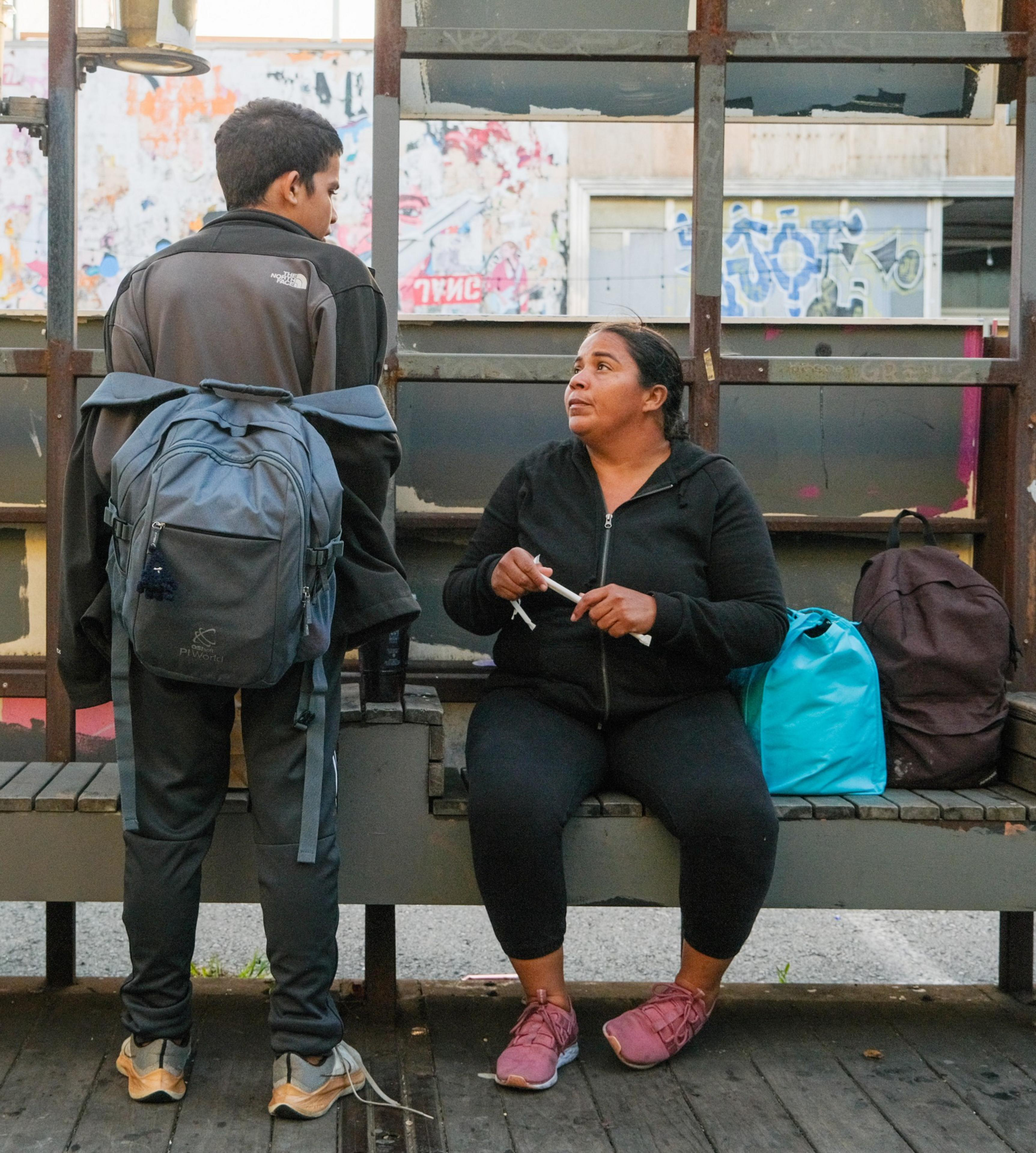San Francisco is experiencing a dramatic surge of homeless people and families seeking housing help and financial aid, forcing the Department of Homelessness and Supportive Housing to recently start narrowing the share of families that are offered housing.
New data obtained by The Standard shows the total number of “households”—the blanket term the city uses to describe both individuals and families—applying for financial aid and housing shot up from 9,936 in 2019 to 15,334 last year.
Those under the homelessness department’s “Problem Solving” programs, meaning they’ve qualified to receive financial assistance or other interventions to stave off homelessness, numbered 10,866 last year—an increase of over 4,000 from 2019.
There were 4,468 households placed on the housing waitlist over the course of 2023—at least 1,325 more than were on the list in 2019.
‘No more room’
The surge is driven by job losses and an influx of migrant families, according to city officials. The new arrivals have forced the city to “raise the bar” for families seeking housing and shut down new referrals to a family housing program called “Rapid Rehousing,” according to Megan Owens, the homelessness department’s coordinated entry manager.
“We don’t have more resources,” Owens said. “We had over 100 families who were already prioritized, and we’re going to make about 100 placements in the next six months. We had no more room.”
Mayor London Breed announced Tuesday that her two-year budget proposal will include funding for 115 new emergency hotel shelter spots and 215 new Rapid Rehousing units for homeless families.
However, the budget won’t be submitted until June and will require the Board of Supervisors’ approval. In a statement, the Mayor’s Office said the city is incapable of meeting the demand.

The city currently funds 316 units of shelter and transitional housing, 1,000 supportive housing units, 540 long-term rental vouchers and over 800 time-limited rental subsidies for homeless families in the city, Breed’s office said in a press release Tuesday.
“San Francisco is only one city. Although we have a lot of resources, ultimately, we can only handle so much inflow,” the Mayor’s Office said in a statement. “This is also an issue when we have a significant local, regional, and statewide housing shortage that makes housing unaffordable for families.”
Owens said the surge of people on the city’s waitlists may also be attributed to expanding the homelessness department’s outreach efforts since the pandemic.
“During the lockdown, we saw a lower number of assessments,” Owens said. “We don’t believe that’s because there were less homeless people.”
However, data released by the city on Thursday, following the initial publication of this story, from January’s “Point-in-Time” count showed a 7% increase in total homelessness and a 94% increase in homeless families since 2022.
The point-in-time count, a visual survey used to determine trends in homelessness across the country, was conducted on a single night in January this year. Following a report from The Standard depicting confusion during this year’s count, officials from the homelessness department ordered a recount—but then later backtracked and used their initial data.
In a press release on Thursday, Breed said data from the count showed a 13% decrease in people living in tents. However, there was just a 1% decrease in total unsheltered homelessness—amounting to 42 fewer people seen living on the city’s streets during the count.
According to the department, 372 families were in line for shelter as of last Tuesday. That represents a significant leap from December, when 238 families were on the waitlist.

Staff at an emergency family shelter in the Mission have told The Standard they’re forced to turn away several families every night due to a lack of funding. One Venezuelan mother previously told The Standard she had been dropped off in the Bay Area on a bus from Texas in April.
Brenda Cordoba, board president for the nonprofit Faith in Action, said some families with small children have spent over eight months sleeping in a school gymnasium in the Mission District.
“Their kids are getting sick,” Cordoba said. “It’s ironic that in a city such as San Francisco, which is so rich, this still comes up.”
Editor’s note: This story has been updated with “Point-in-Time” count homelessness data that was released after publication.
